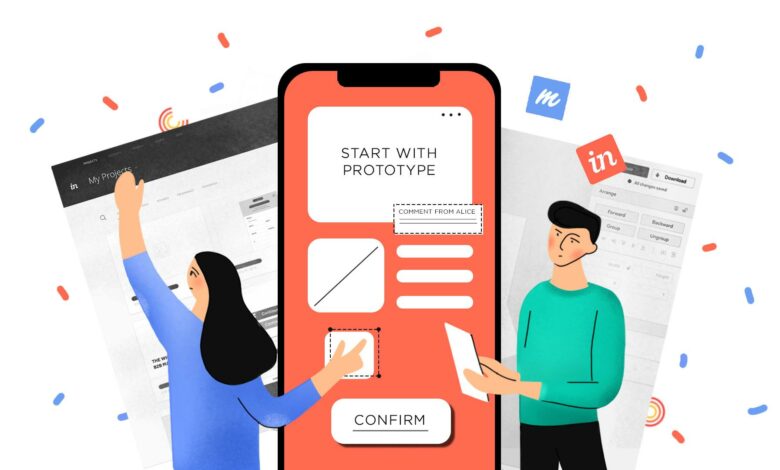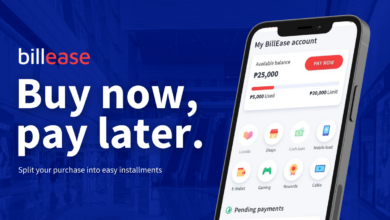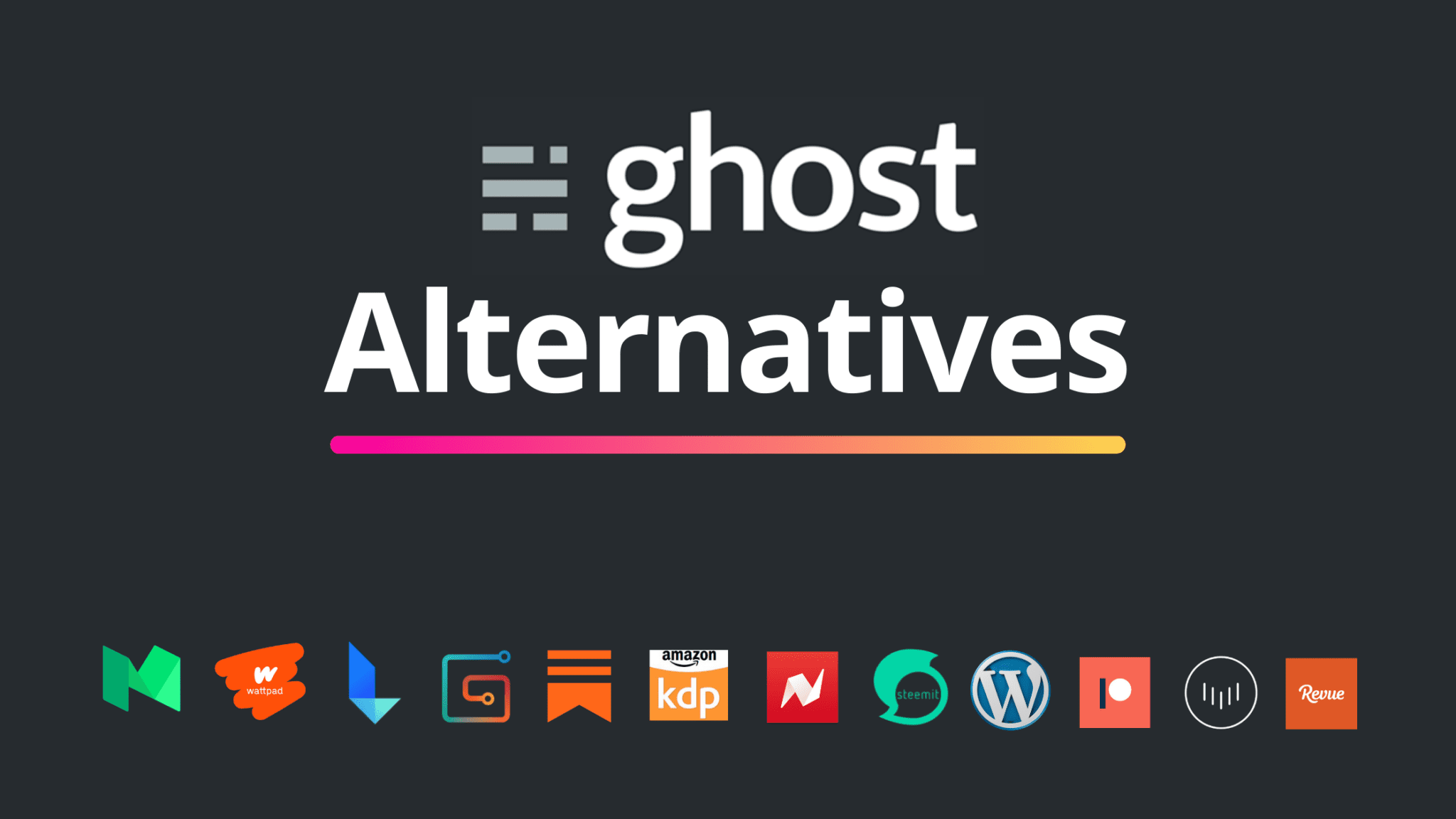App Design Prototypes Explained

Well before any app gets to its software development stage, app creators quite literally start at a drawing board. Minus all the digital frameworks that accompany any mobile app, the platform you’re using or looking to develop is really just a selection of pages that flow from one to the next.
The process of mapping out or planning the layout of your app and the way that your future users are likely to interact with the app, is called app prototyping. It’s a generally extensive process that combines elements of UX (user experience) testing and design with consumer or user workshopping.
Melbourne app designer DreamWalk studios, asserts that the UX and user interface (or UI) behind your mobile app can effectively ‘make or break’ your finished product. Seasoned app developers and development agencies across the globe do tend to advise digital entrepreneurs and budding software developers not to speed through their app design prototyping, as doing so may actually result in your app’s release date being pushed back even further.
Considering how many different elements make up the process of app prototyping, however, it can be difficult to define the stages of your prototype development, alongside knowing when an app has had an adequate amount of prototyping. Engaging with the theories behind the different phases of app prototyping may help illuminate all the hidden corners of this highly experimental practice, however. Read on if you’re looking to shed some light on the many faces of app design prototyping!

App prototyping and UX/UI design
If you’re at all familiar with the principles of UX design, chances are that aspects of app design prototyping may already feel like second nature to you. This is basically because a majority of your app’s prototyping will involve evaluating and reevaluating your app’s user interface to ensure that it’s as user-friendly as possible. Making sure that your app’s UI is solid from the get-go will naturally minimise the time you’ll have to spend on developing updates following your app’s release, alongside of course, ensuring that your app is satisfying to use from the get-go.
Experienced UX designers will likely use a variety of different methods to test their app when undertaking app design prototyping, with app beta testing (or testing your app out in ‘the wild’) generally being the final step in this lengthy process. One of the more outwardly simplistic yet secretly intricate tests that you may run during your app design prototyping is A/B testing.
A/B testing essentially involves testing a selection of opposing variables to see which path of action is most effective or most satisfying to your app’s users. In essence, this method for app testing will allow you to really finetune the particulars of your app’s design and layout. A/B testing doesn’t also necessarily consist of testers selecting between two options (A or B), but can include a handful of different options too, allowing app developers to conduct A/B testing at virtually any point in their app design prototyping process.
Paper vs. digital prototyping
More often than not when we think of ‘app prototyping’ or even UI design, many of us tend to imagine designers organising a stack of sticky notes into flowcharts to map out your app’s user journey. Whilst this type of paper or physical prototyping (also referred to as low fidelity prototyping) may prove to be an effective method of prototyping for apps with less than ten pages, it can prove rather difficult for more complicated user interfaces.
Most user interfaces are like ‘Choose Your Own Adventure’ books in the sense that they’re non-linear, but wherever you end up is assuredly connected to what led you there. Given that a growing majority of app layouts don’t tend to be linear, however, they can naturally be difficult to map out, especially if your app has many different interactive user pages with a large number of options for users to choose from.
So how do you effectively map out apps that are pointedly too large and dynamic for sticky note UX mapping? That’s where digital prototyping (or high fidelity prototyping) comes into play. Digital prototyping will allow you to keep track of pages that link from one to the other without necessarily maintaining an open flow or swipe-through design. High fidelity prototyping can be undertaken at any stage of your app’s development, though the majority of independent developers tend to switch from low fidelity to high fidelity prototyping as they move further through their app’s prototyping process.
The best digital tools for app prototyping
If you’re a digital entrepreneur or budding software developer with a rather ambitious idea for an app, chances are high that you’ll be looking for some reliable digital tools to help you through the final stages of your app’s development.
The last leg of your app’s development will require you to use ‘clickable’ mockups for all the pages of your app rather than static pages. It’s also well worth clicking through app pages to double check that your app’s layout is in alignment with your app design prototype. You don’t want to make the mistake of assuming that everything is in the correct order or even that everything will work as intended prior to your beta testing.
A lot of mobile prototypers like Pidoco and UXPin will allow you to develop clickable prototypes that will support independent app testing prior to your app’s beta launch. Once your clickable prototypes have been developed and tested, you can then use platforms like Protoshare and Userbrain to share your app with a wider audience and gleam a few more insights from fellow software developers and knowledgeable UX designers alike.
~
Finally, it’s worth noting that launching an app is undoubtedly always going to be a highly nerve-wracking experience, especially after months and months of app design prototyping. In fact, it’s likely that your app’s launch day is going to feel exponentially more terrifying with every extra month spent on your app’s development. There’s no denying, however, that investing in your app design prototyping will ensure that your final product is as strong as it can be when your app’s release date finally swings round.



